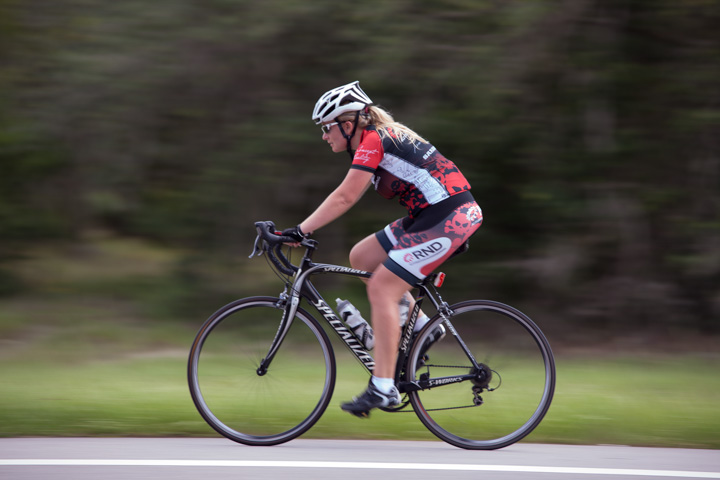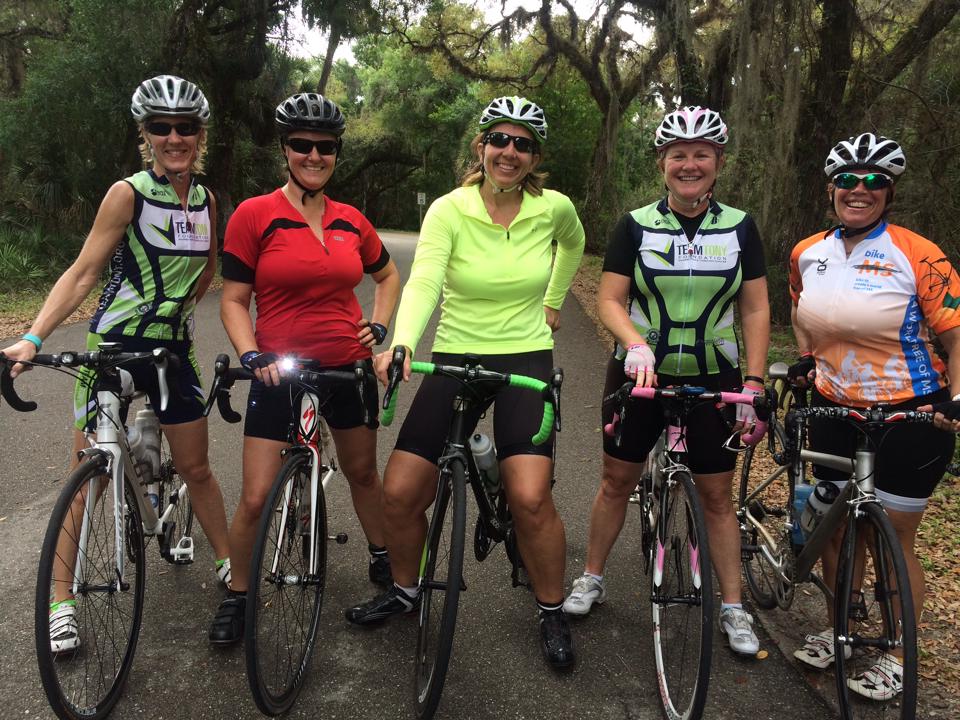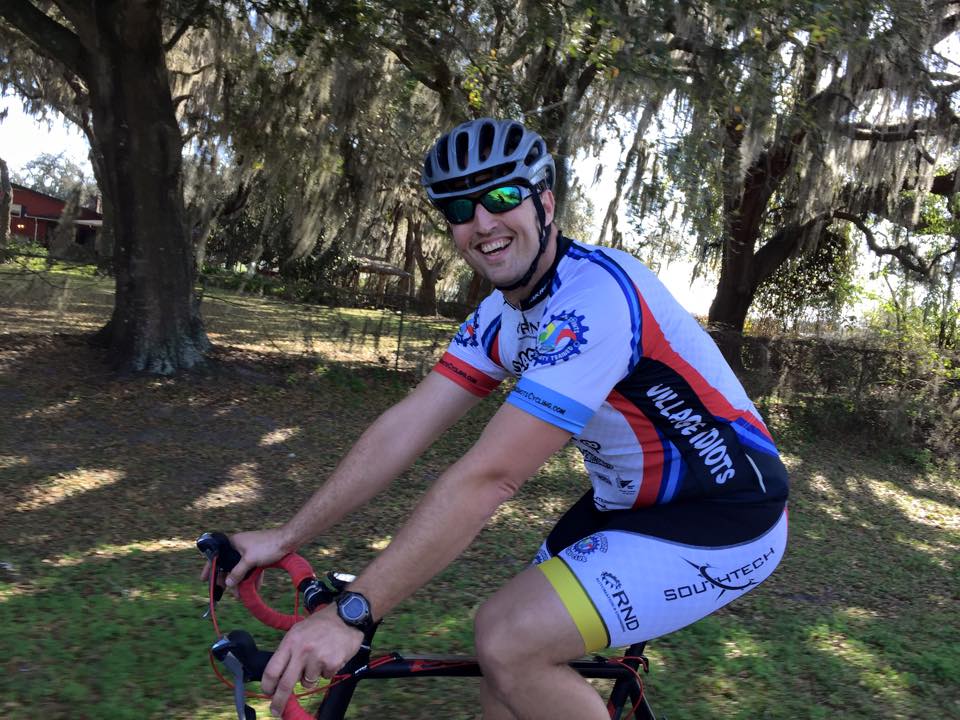
Springtime is just around the corner and if you’re like us, you’re dying to get out of the gym and enjoy the beautiful weather. Why not take your cardio outside and build some serious fitness by cycling?
Not only is cycling great for your health, it’s an awesome workout. You’ll incorporate your entire lower body and use core strength to burn fat and build some great quads.
An average person weighing 150 pounds riding at a comfortable 14-16 mile per hour can burn as many as 340 calories in just a 30-minute bike ride.
And if all of those aren’t good enough reasons to consider getting your cardio on two wheels, in the spring of last year, CNN published an article saying that cycling is the new golf for entrepreneurs.
Not only is it great exercise, but it’s a great social activity that can help you make friends and build contacts in business and in life in general.
Getting started can be expensive, but as a beginner there’s really only six things you absolutely need to buy to be road ready. Yes, spandex is one of them, but don’t worry, it’s part of the rules and you will totally fit in with the rest of the riders on the road.
Check out our easy to follow guide on cycling gear for beginners. We’ll help you figure out how to get road ready, and how to find what you’ll need to hit the streets once the snow melts.
Cycling Gear for Beginners
Bike
Yes, I realize that’s a no-brainer. You’re not an idiot and totally already knew that in order to ride a bike you need (no surprise here) a bike.
So now that the easy part is out of the way, the next step is a bit more complex. When it comes to bikes, you have literally hundreds of options. There are dozens of manufacturers who offer dozens of different models designed for several different types of cycling. From there you have choices on materials, cranks, components, wheel sets and more.
It can totally be overwhelming.
As a new, beginner cyclist there are a few things you can do to make certain you’re happy with your purchase.
First, determine exactly what you want to use your bike for. Where will you be riding? What is the surface like? Will you be riding with a local group? Do you plan to do races? Triathlons? Ride trails?
There are different types of bikes for each of these questions, so your answers will help you determine what type you’re looking for.
From there, I highly recommend visiting a bike shop or two. Not only will they be able to advise you on what size bike you’re looking for and give you an idea of your options that are within your price range, they can help you become familiar with the cycling community in your area.
Definitely shop around. Find staff you’re comfortable with, and who are willing to spend time with you and answer your questions.
As a new cyclist you may want to look at used options to save some money on your first investment. Bike shops often times will have consignment programs, or active cycling communities where members might be looking to sell their bikes. At the very least, the bike shop can help answer your questions and give you the information you need if you choose to purchase a bike from a private party.
Finally, developing a relationship at a local shop is always a good idea as you will then feel comfortable going there with questions about mechanical issues or fit. Most shops have a full mechanical department and are able to do tune ups, repairs and even show you how to change a flat tire.
It’s worth the time to do your research on the front end to make sure that you’re investing in a bike that will work for you.
Helmet
Once you’ve found your bike, the next piece of gear that every cyclist must own and ride with every single time is a helmet. Yes, for real. No, there’s no exceptions. And trust me on this one, if you ever try to ride without a helmet you will look 1000x more ridiculous than you could ever look riding with one. Safety first.
When it comes to helmets there are different styles to choose from. Road cycling helmets are designed a little differently than the ones you would wear for mountain biking, and there are aerodynamic options as well if you want to get fancy.
Every helmet in the U.S. must meet standards set by the Consumer Products Safety Commission, which is the gold standard for safety. Be sure when choosing your helmet you find one that fits you appropriately, and make the adjustments so that the chin strap stays in place and the helmet would say on your head in case of an accident.
Clipless Pedals and Shoes
Gearing up with the right pedals and comfortable cycling shoes is the next key to having a great ride.
While the terminology might be a bit confusing for newbies, clipless pedals are actually the pedals that you buy specific shoes with cleats that clip into them. Having this combo not only gives you a better connection with your bike by allowing you to make full and complete pedal strokes, they give you more power, more speed and a better workout.
Don’t be intimidated at the thought of being clipped into your bike, it’s easier than it looks and after just a little practice you will love riding this way.
Like with everything in cycling, there are dozes of options when it comes to pedals and shoes, so definitely check out your local bike shop to find something in your price range that works for what you’ll use them for.
Sunglasses
When you ride, protecting your head is important, but so is protecting your eyes. Invest in a pair of sport sunglasses that will stay in place during your ride.
Not only will they protect you from the sun, but from road debris, bugs, or god forbid a snot rocket from the guy riding in front of you. There are lots of options out there, and Tifosi makes some really affordable options for new riders.
Cycling Shorts
Ah yes, the moment of truth. The spandex.
I think every new rider I’ve ever met has tried to resist investing in a pair of bike shorts. They truly believe they will be perfectly comfortable wearing a pair of gym shorts, and after one round on the bike and experiencing the saddle soreness and extreme ass chaffage that comes with that decision, they change their mind.
Trust me, buy a pair of bike shorts. They are classically made of sports performance fabric, offer moisture wicking benefits, and most importantly have a built in chamois (pronounced chammy). The chamois will cushion your nether bits during the ride, keeping you both dry and comfortable.
Plus, it’s what all the cool kids wear. If you’re going to join the pseudo cult of cycling, you might as well go all the way!
Have cycling questions? Be sure to ask! I’m a regular rider and would love to help.


